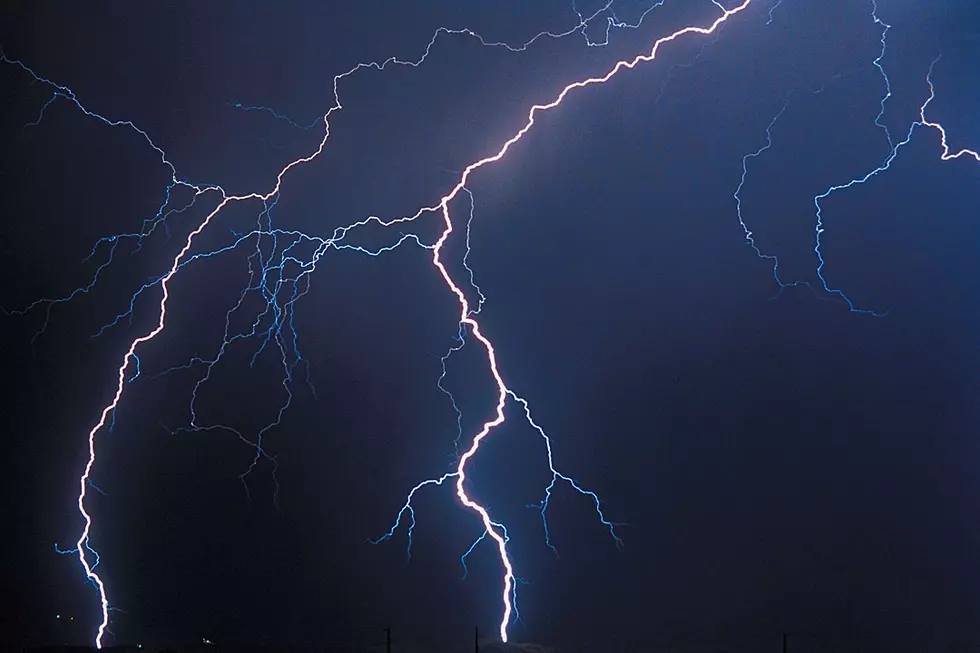![10 Biggest Asteroids to Hit Earth – How Does Recent Rock in Russia Compare? [VIDEO]](http://townsquare.media/site/136/files/2013/02/hqdefault3.jpg?w=980&q=75)
10 Biggest Asteroids to Hit Earth – How Does Recent Rock in Russia Compare? [VIDEO]
We've all seen the stunning video of the space rock that blasted in Russia recently. Is it anywhere near one of the biggest ever?
Probably not, according to National Geographic. There have been numerous huge meteors that blasted into our planet and left craters not measured in feet, but miles! Here are the ten biggest impacts known to man:
- The Vredefort Crater in Free State, South Africa. An asteroid struck the area an estimated 2 billion years ago, leaving a measured area of impact that has a radius of nearly 118 miles! It is considered the oldest impact structure in the world.
- The Sudbury Basin in Ontario, Canada. Dating back to 1.8 billion years ago, this impact area has a diameter of 81 miles. It was big enough to create a basin, similar to the Columbia Basin we live in!
- Acraman Basin, Australia. This one was big enough that it created what is now known as Lake Acraman, with a diameter of 56 miles. It's about 580 million years old.
All of the top ten known impacts are hundreds of millions (or billions) of years old. The size of the asteroids that came to Earth were enough to generate the force necessary to blast these huge craters. By comparison, the Russian asteroid that crashed down last week over the Ural Mountains was estimated to be about 55 feet in diameter, and unlike the previously mentioned asteroids, exploded upon impact within Earth's atmosphere. Most of the damage and injuries were due to shock waves and debris.
NASA officials say the Ural asteroid was the largest object to strike earth in over 100 years (since the famous Tunguska asteroid hit Siberia in 1908). That strike was estimated to have the impact of several atomic bombs, just without the radiation.
But the asteroid that missed earth by about 17,000 miles last Friday, Asteroid 2012 DA14, was about three times the size of the one that hit the Ural Mountains! Video of Russian Ural asteroid courtesy of LatinUSNews.
More From 870 AM KFLD
![Falling Space X Rocket Lights Up Skies Above Oregon [VIDEO]](http://townsquare.media/site/133/files/2021/03/RS20254_GettyImages-510212754-scr.jpg?w=980&q=75)








